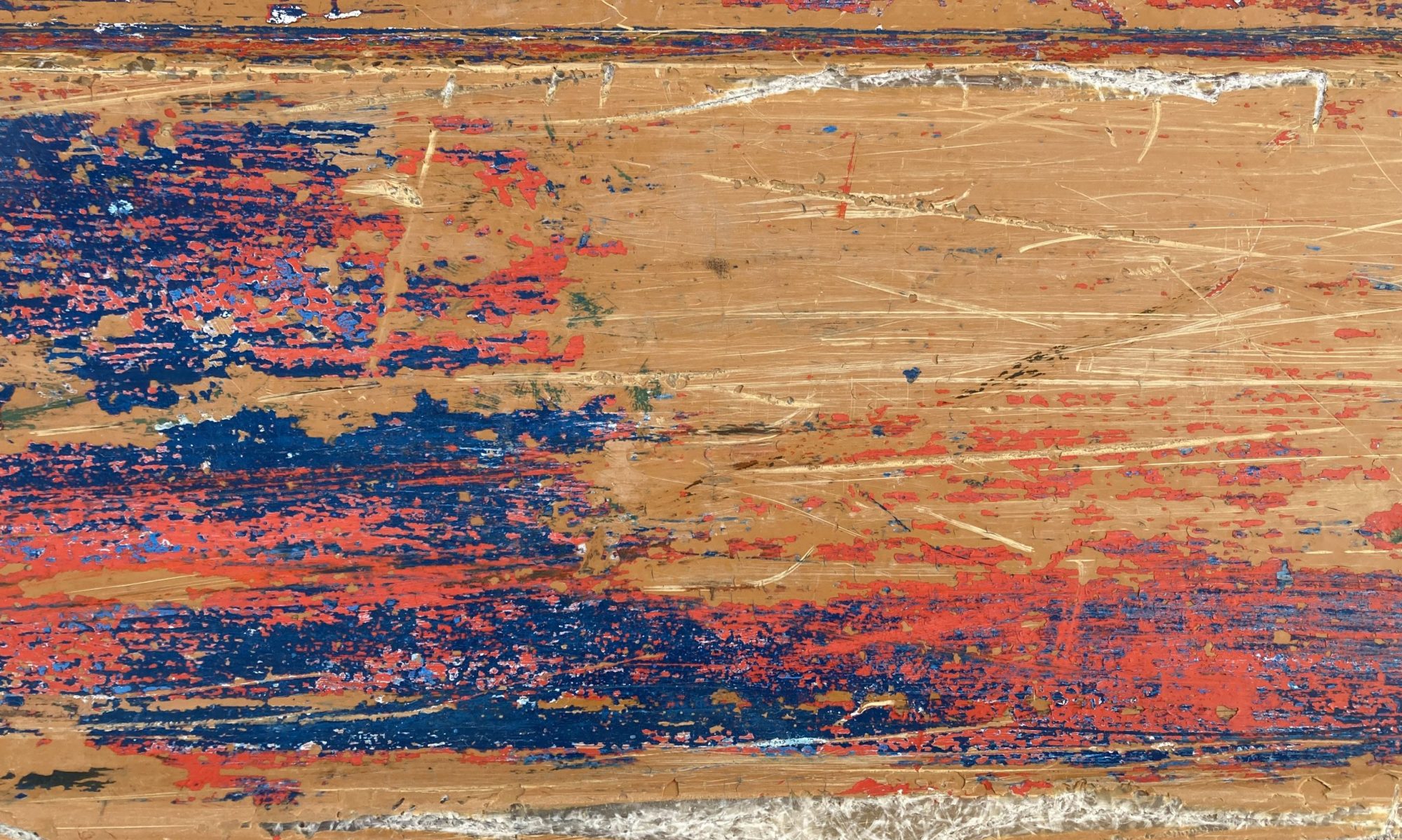 Notions of human exceptionalism and progress are not harmless. They blind us to a range of relationships and their temporal rhythms. For example, we are used to considering nature – plants, soil, other than human animals and other beings – as a passive background for our own activities. Anna Tsing (2015/2020) encourages us to ask, what else is going on in the world. In order to notice multispecies assemblages, we need to attune differently to the layered worlds of different beings.
Notions of human exceptionalism and progress are not harmless. They blind us to a range of relationships and their temporal rhythms. For example, we are used to considering nature – plants, soil, other than human animals and other beings – as a passive background for our own activities. Anna Tsing (2015/2020) encourages us to ask, what else is going on in the world. In order to notice multispecies assemblages, we need to attune differently to the layered worlds of different beings.
When learning the arts of noticing, we learn to attune to multiple simultaneous rhythms, voices and relationships. In the process of noticing, the worlds of nonhuman beings become visible or sensed, and the polyphonic nature of everyday life assemblages foregrounds. The arts of noticing also refers to the ability to perceive multispecies histories. The arts of noticing may start from paying attention to relationships and encounters rather than to individual beings.
Van Dooren and colleagues (2016) remind us that there is also an ethical dimension to noticing. Then we might also speak about the arts of attentiveness, which is where acknowledging the part of various actors in situations, whether human or nonhuman, challenges us to consider our own role and reactions. How to craft a meaningful response to other than human voices? How to act in such a way as to promote joint opportunities for flourishing?
Literature:
Tsing. A. L. (2020). Lopun aikojen sieni: Elämää kapitalismin raunioissa. Tutkijaliitto.
van Dooren, T., Kirksey, E., & Münster, U. (2016). Multispecies studies: Cultivating arts of attentiveness. Environmental Humanities, 8(1), 1–23. https://doi.org/10.1215/22011919-3527695
